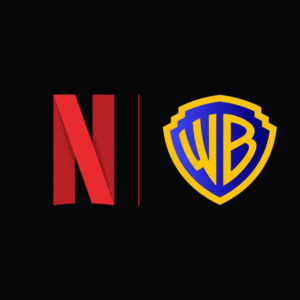Nikola Milivojevic on NBL’s Vision for Women’s Basketball Growth
NBL Director and Board Member Nikola Milivojevic shares how the league’s acquisition of the WNBL aims to build a stronger, unified basketball ecosystem. By learning from the WNBA and global leagues, Milivojevic envisions new opportunities for growth, storytelling, and fan engagement in women’s basketball.
Nikola Milivojevic discusses the NBL’s strategy to elevate the WNBL and strengthen women’s basketball in Australia.
The NBL’s recent acquisition of a majority stake in the Women’s National Basketball League (WNBL) has made headlines, signaling a bold new era for Australian basketball. For Nikola Milivojevic, NBL Director and Board Member, this merger represents far more than a business transaction; it’s a strategic commitment to elevating women’s basketball and ensuring that both leagues thrive under one unified structure.
“The WNBL has always had incredible talent, but lacked the ecosystem to showcase it properly,” Milivojevic said. “Our goal is to replicate what we’ve done with the NBL: build the platform, improve standards, and give players the recognition they deserve.”
Milivojevic and his team aim to create a lasting model by aligning the men’s and women’s leagues, which will improve visibility, operations, and fan engagement in both competitions.
Strength Through Collaboration
Collaboration across sport leadership forms a significant component of this vision. The involvement of Robyn Denholm and Basketball Australia was highlighted by Milivojevic, who emphasized that success depends on a cohesive effort across marketing, operations, and storytelling.
“Robyn Denholm and Basketball Australia are committed to supporting the WNBL through marketing, operations, and storytelling,” Milivojevic explained. “It’s about building one strong basketball family and ensuring women’s basketball grows alongside the men’s game.”
By mirroring the NBL’s successful model, this family-oriented approach has led to unprecedented audience growth, commercial partnerships, and increased international visibility. Replicating that formula while respecting the unique identity of the women’s game is the goal of the NBL, which aims to bring the WNBL under the same umbrella.
Learning from the Global Stage
Milivojevic made it clear that the NBL is paying attention to the WNBA and other international leagues when asked about it.
“Absolutely. We study the WNBA and other global leagues to learn from their successes and challenges,” he said. “The approach has always been to adapt best practices from around the world, whether that’s the NBA, EuroLeague, or others — and add our own unique spin.”
The WNBA has become a model for how women’s basketball can be popular in the media, with record-breaking attendance, expanding media coverage, and strong player advocacy. Milivojevic acknowledged that Australia’s potential lies in gaining knowledge from its experiences, adopting effective strategies, and avoiding common pitfalls.
“For the WNBL, that means building the right infrastructure and avoiding mistakes others have made, so we can accelerate growth for women’s basketball in Australia,” he added.
Accelerating the Future of Women’s Basketball
Milivojevic’s remarks reflect a larger global trend: the transition of women’s sports from niche markets to mainstream entertainment and investment opportunities. The NBL’s acquisition of the WNBL is not only a business decision but also a commitment to creating equal platforms, visibility, and opportunities for all athletes. The NBL is positioning itself as a leader in gender equity and sports innovation by combining the two leagues into one unified vision.
As Milivojevic put it, “This isn’t just about basketball — it’s about building something that inspires the next generation, no matter which game they play.”







